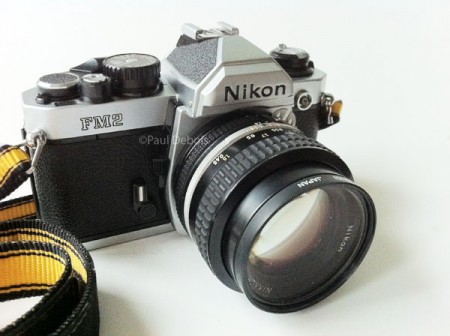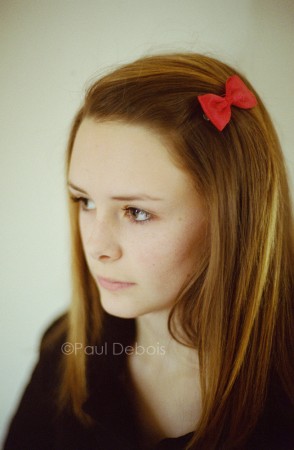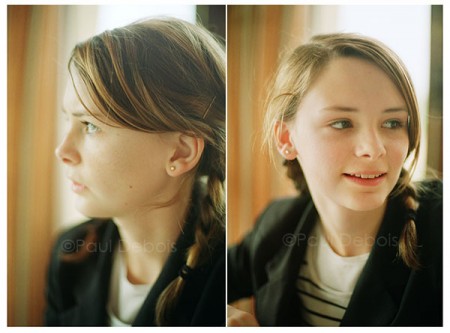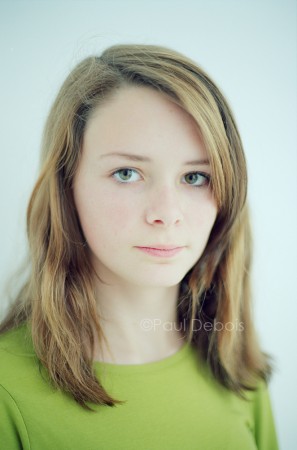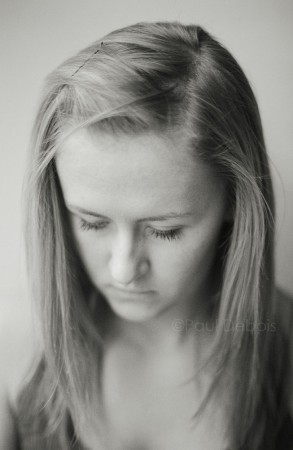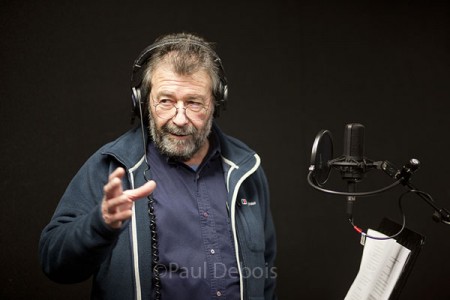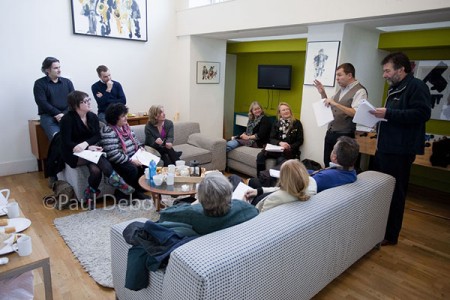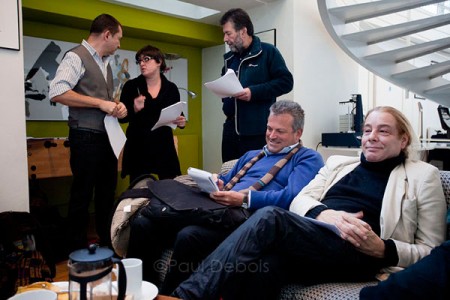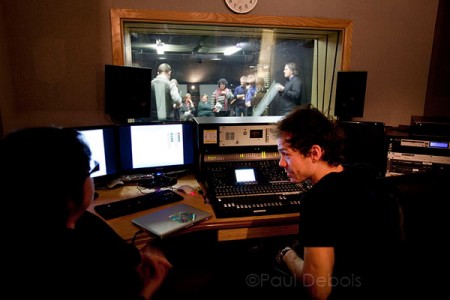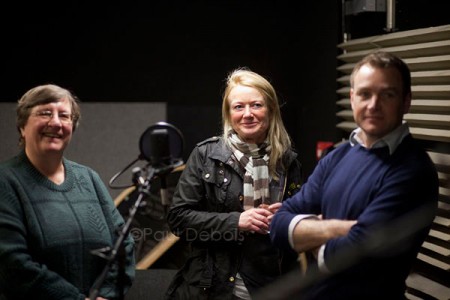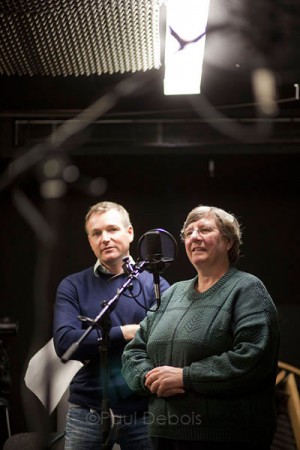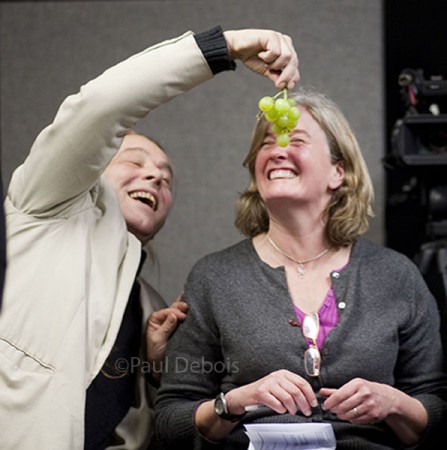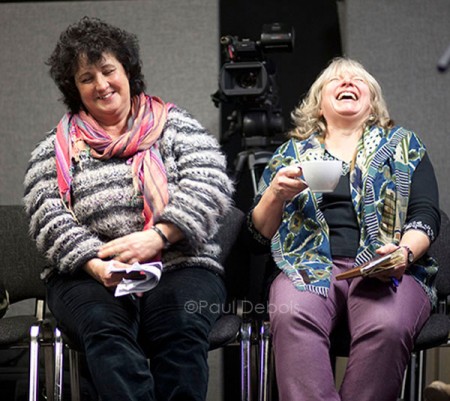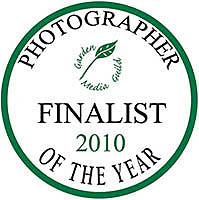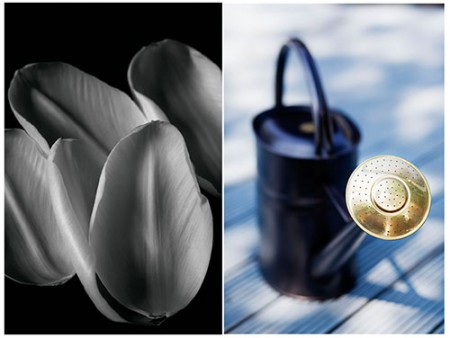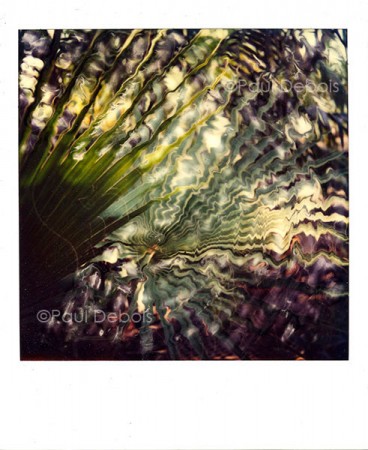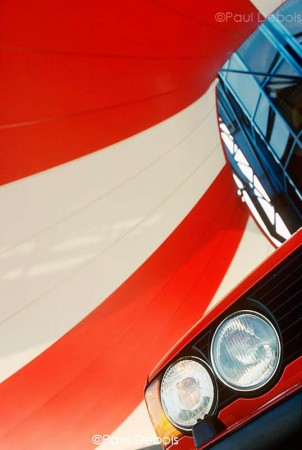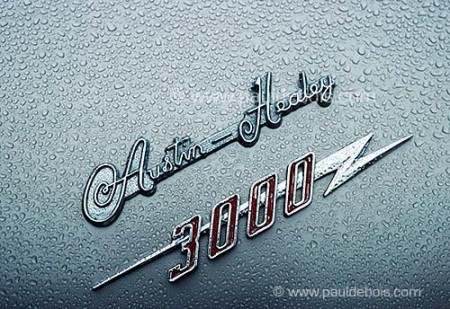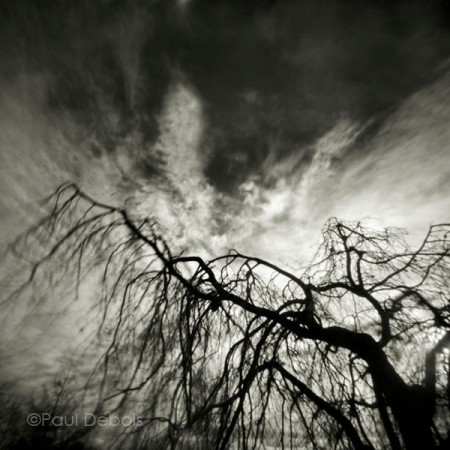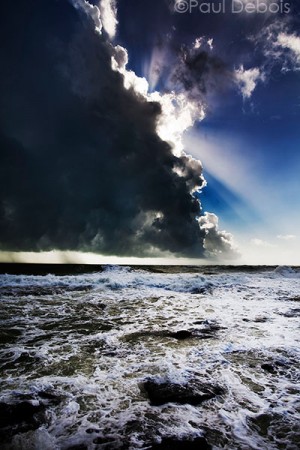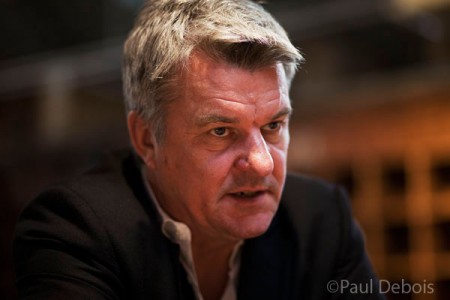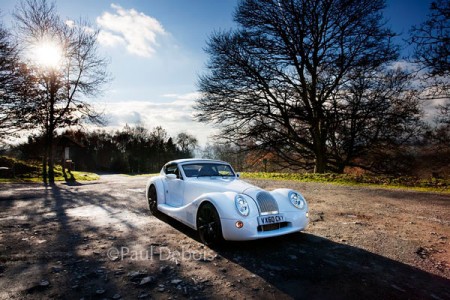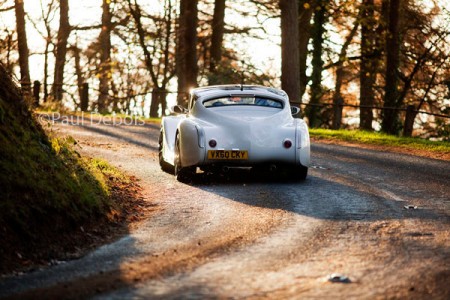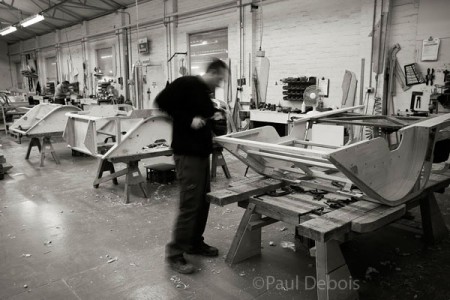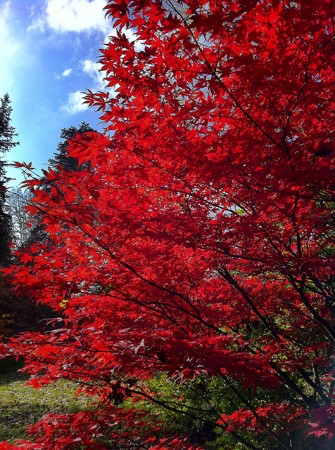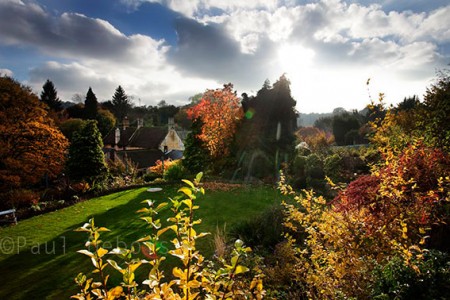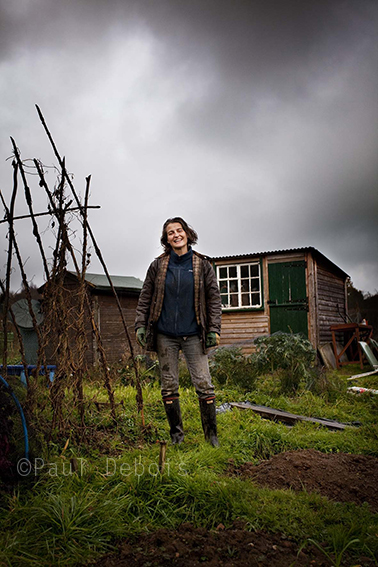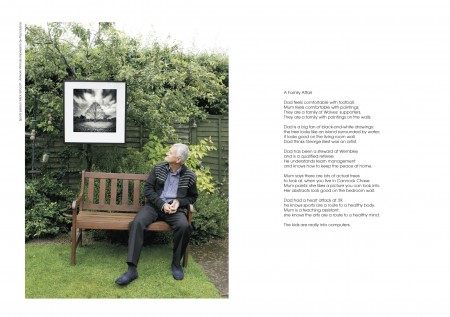It’s a long time since I played with a video camera. Apart from the occasional school nativity play or pantomime, it must be 10 years since I videoed my daughters as toddlers. After my trusty old Sony camera started to play up I reverted to taking stills of the family. So it was with some hesitation that I read the instruction manual for my Canon 5D MKII, to investigate the DSLR’s moving image capabilities. After two years of ownership, I’m not sure the manual had even been opened! I also fired up iMovie on my Mac Book Pro for the first time, to edit the test shots. So……..the results of about 15 minutes shooting and a couple of hours on the computer:
Obviously a bit rough around the edges, but it was interesting to try out!
Having learnt something new, I couldn’t resist buying a piece of older technology – namely a Nikon FM2. I used to have one of these in the mid to late 1980’s, but I sold it, along with all my other Nikon equipment in 1991, and jumped ship to Canon and their EOS 1. They were a long way ahead of Nikon with autofocus systems. From memory, Nikon needed four years to catch up. As the EOS cameras were revolutionary, they became a must for anyone shooting sport, and I never regretted moving to Canon. But I did regret not holding on to the FM2. So a couple of days before Christmas, after seeing an immaculate example on Ebay , I became an owner for the second time.
Both my daughters were used as more or less willing models while I put around half a dozen rolls through the camera to test the functions. I think it will have more use for portraits, so I guessed this would be a good starting point. The results:
It’s interesting to see how your approach to taking photographs changes when using film, as each frame has a value. Greater consideration is given to a scene before the shutter is pressed. I tried an experiment two years ago where I allowed myself only one frame to capture an image. Using a Contax G1 35mm camera with colour negative film, it was strange relying on pretty much your first impression. And refreshing too. There was no preview, and no histogram to distract, no matter how hard I looked at the back of the camera. It took me back to how I was working 10 years ago, and in some ways led to more spontaneity. It’s worth trying every now and again. Even though I love using digital and doubt if I’d could go back to shooting much film commercially, it does help you think differently.

